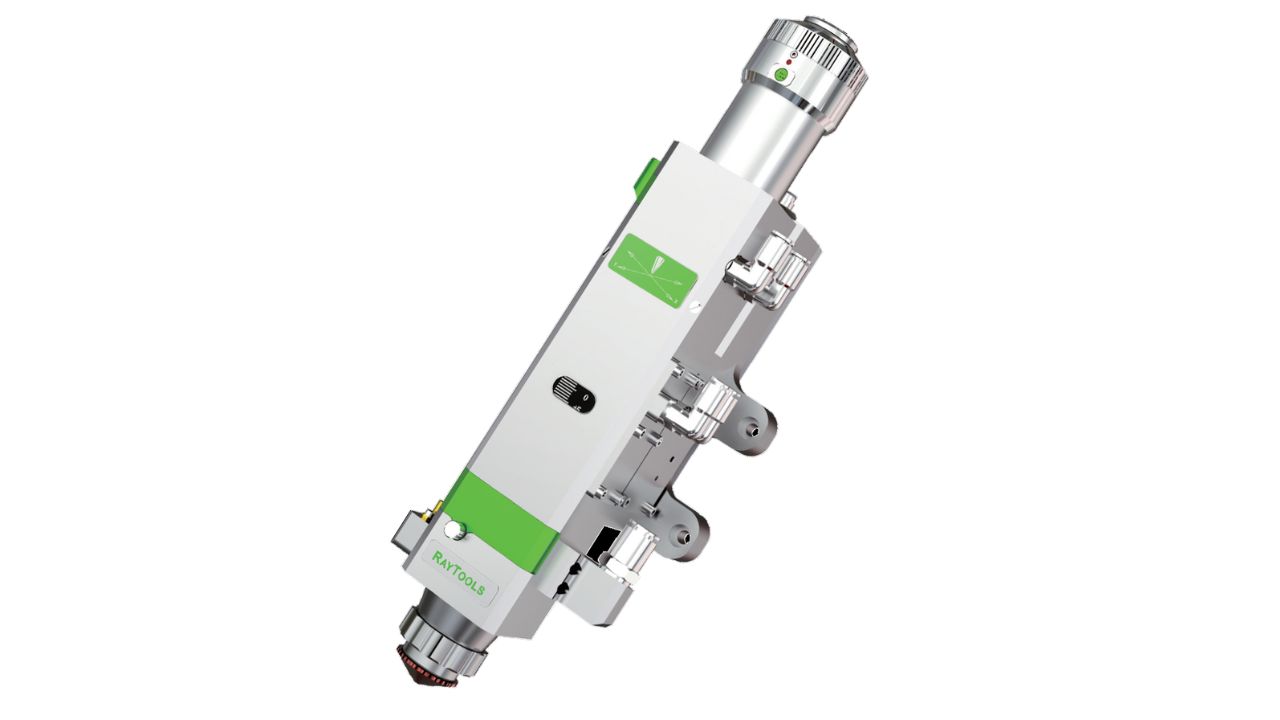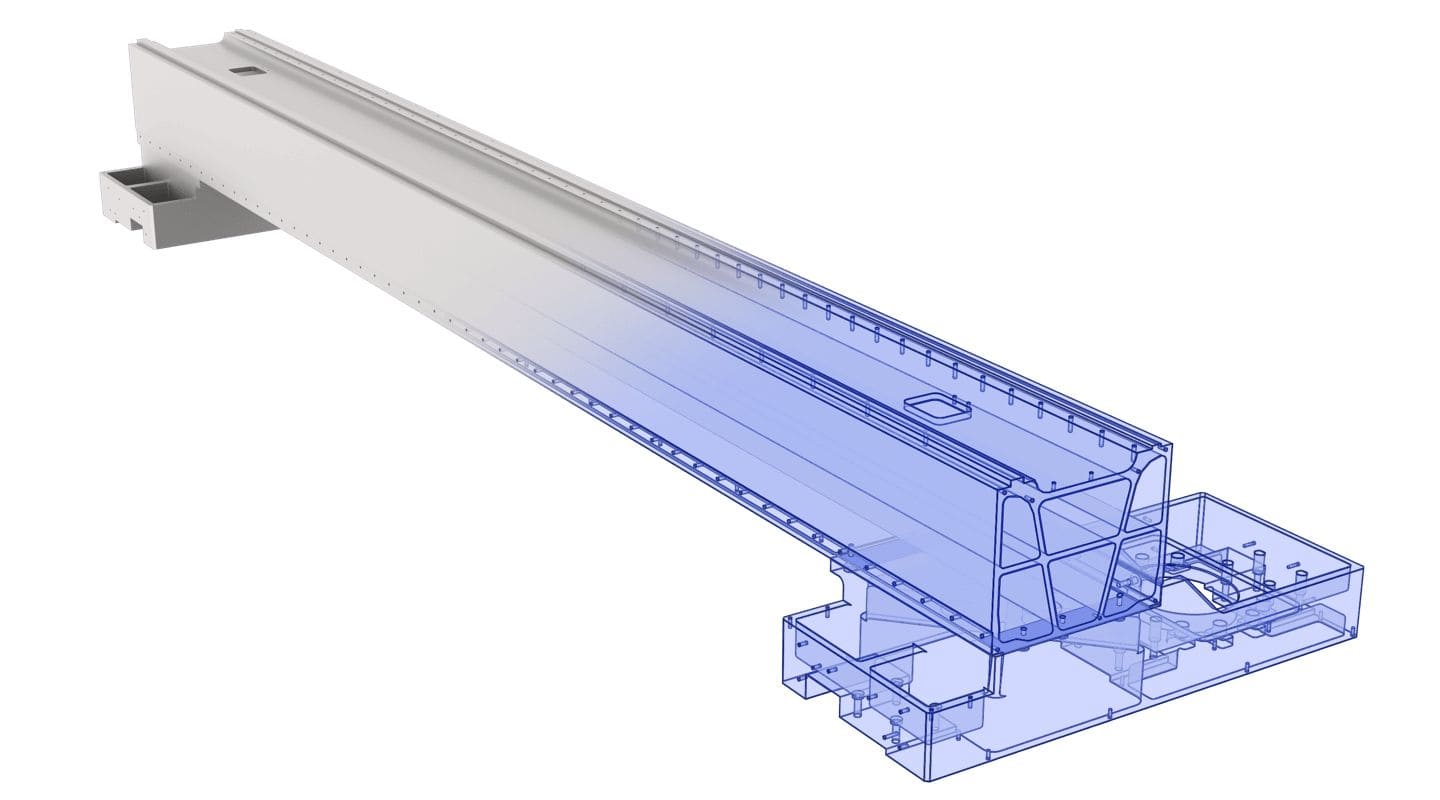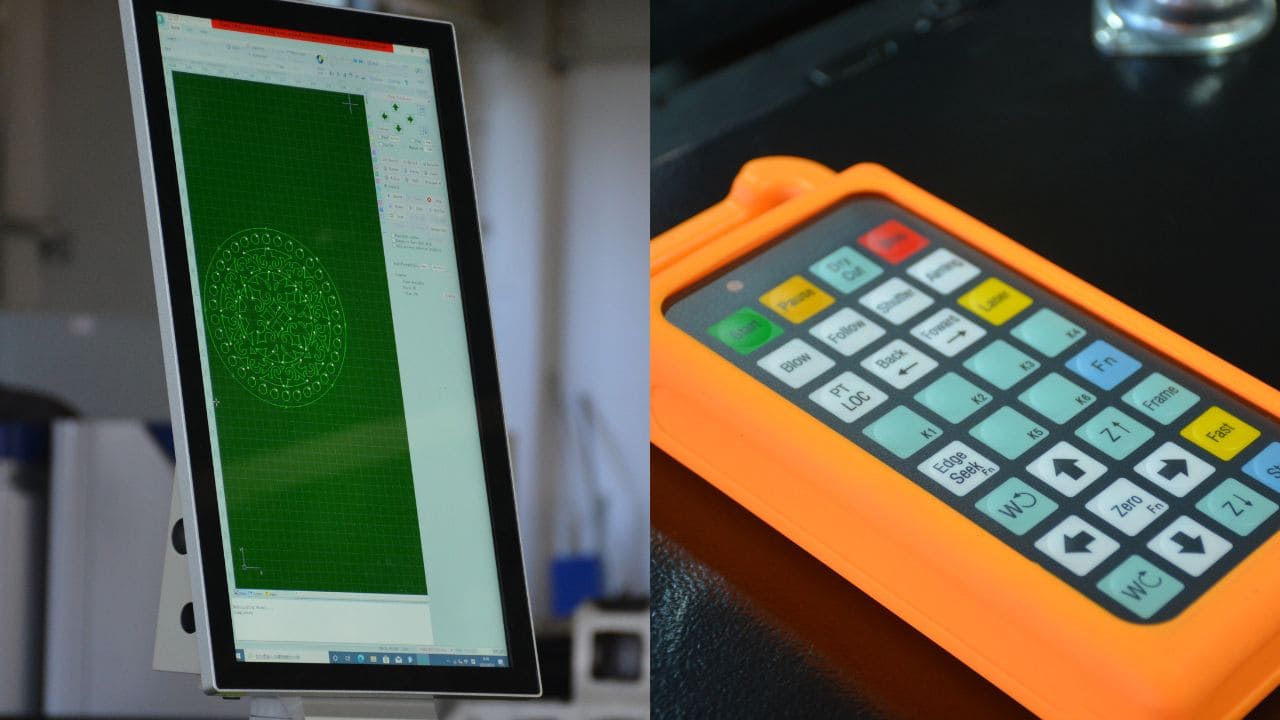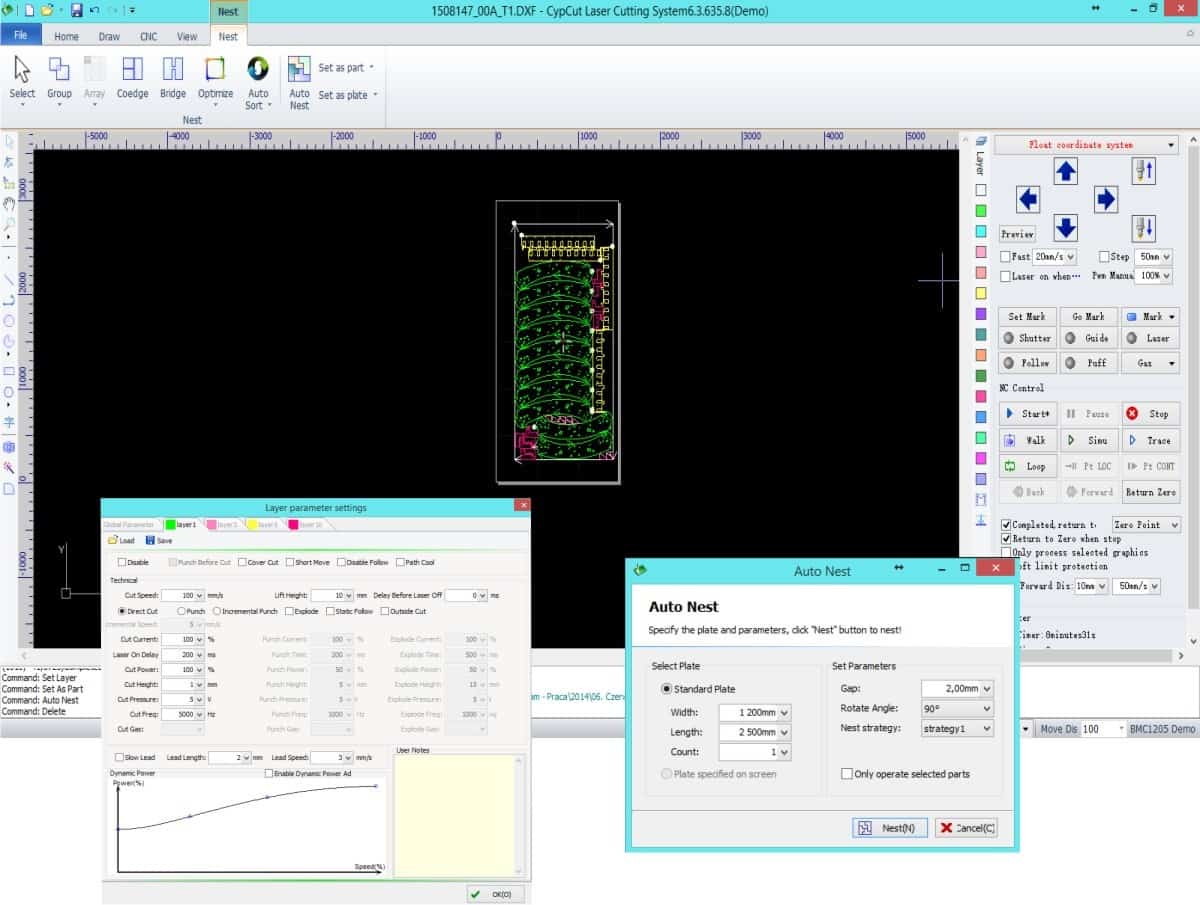A typical fiber laser cutting machine can cut tubes up to around 8 inches (200 mm) in diameter. Some key limitations on the maximum tube size include:
– Laser power: Most fiber laser cutters have laser powers up to around 6 kW. This is sufficient for cutting tubes up to 8 inches in diameter at practical cutting speeds. Higher power lasers, in the range of 8-12 kW or more, would be needed to cut significantly larger diameter tubes.
– Focus lens: Standard focus lenses can typically focus the laser beam to a spot size suitable for cutting tubes up to 8 inches. Longer focal length lenses would be required to focus the beam across larger tube diameters, but these longer lenses reduce the cutting power density and typically have more limited working distances.
– Rotational speed: Most fiber laser cutters have rotational speeds of around 100-200 RPM. This is fast enough to cut around an 8-inch diameter tube at normal cutting speeds. Larger tubes would require much higher rotational speeds to maintain practical cutting speeds, which requires a more powerful motion system.
– Assist gas: The standard air assist gas system on a typical fiber laser can adequately supply assist gas for cutting tubes up to around 8 inches. Cutting larger tubes would require a higher flow rate of assist gas which would overload the capabilities of a standard assist gas system. An upgraded high-flow system would be necessary to cut tubes larger than around 8 inches.
So in general, a typical fiber laser cutting machine should be capable of cutting round tubes up to around 8 inches (200 mm) in diameter. Cutting significantly larger tubes would require a more powerful laser, longer focal length lenses, faster rotation speeds, and a more powerful assist gas system than is standard on most fiber laser cutters.









